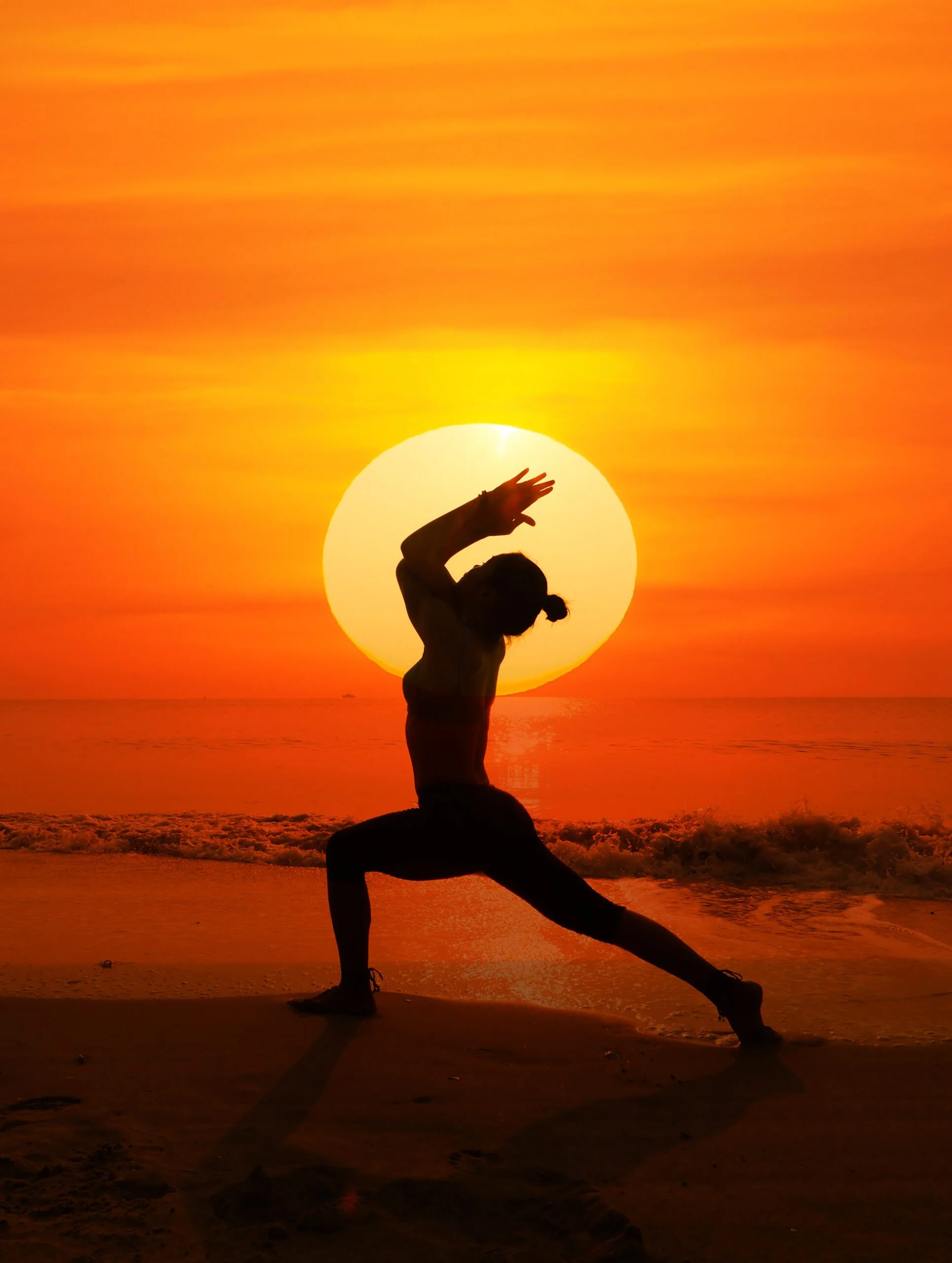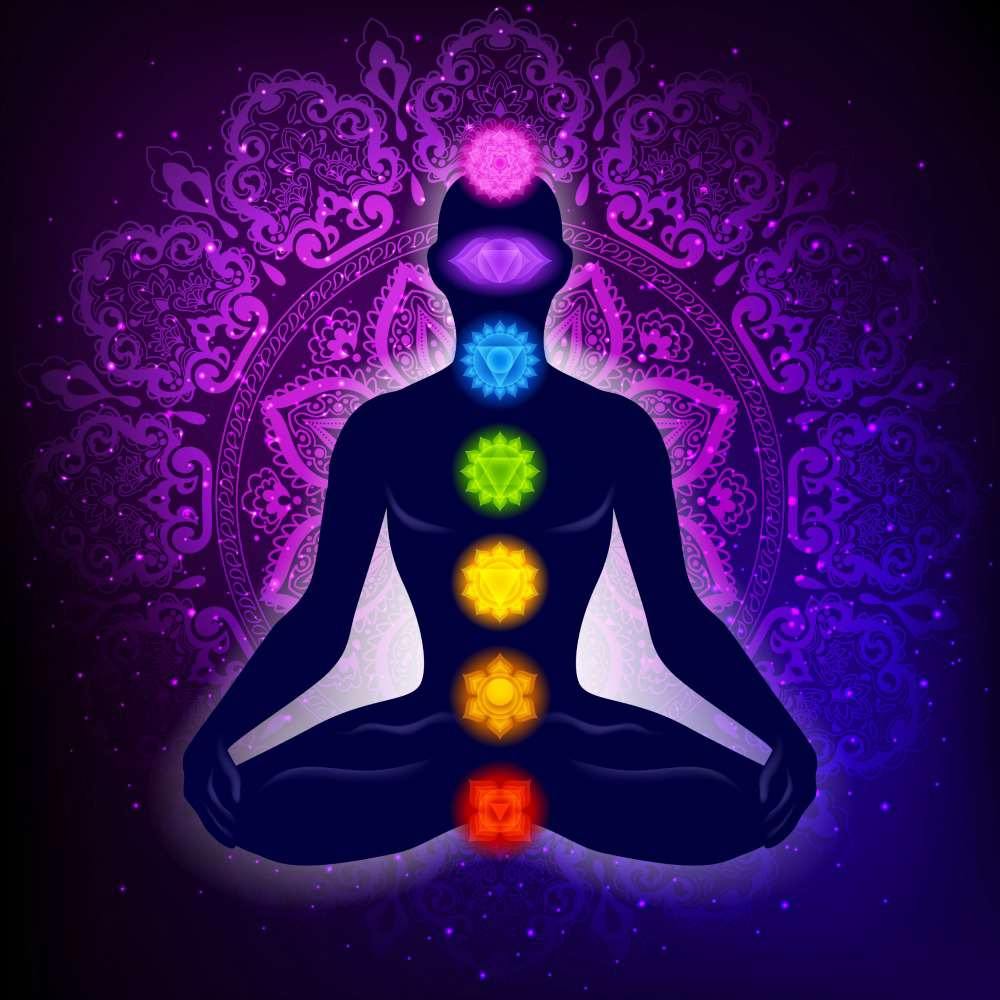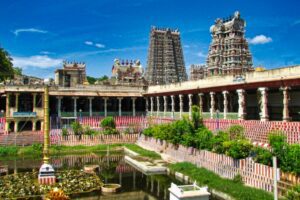
What is Chakras

The seven chakras are energy centers in the body that are thought to influence our physical, emotional, and spiritual well-being. They are located along the spine, from the base of the spine to the crown of the head. Each chakra has a corresponding color, element, and symbol.
The Seven Chakras and Their Meaning:

Root Chakra (Muladhara)
Location: Base of the spine
Color: Red
Element: Earth
Symbol: Four-petaled lotus flower
The root chakra is associated with our sense of grounding, security, and survival. When the root chakra is balanced, we feel safe and supported. When it is blocked, we may feel anxious, insecure, or fearful.
Sacral Chakra (Svadhisthana)

Location: Below the navel
Color: Orange
Element: Water
Symbol: Six-petaled lotus flower
The sacral chakra is associated with our creativity, pleasure, and sexuality. When the sacral chakra is balanced, we feel confident and expressive. When it is blocked, we may feel inhibited, uninspired, or disconnected from our body.
Solar Plexus Chakra (Manipura)

Location: Solar plexus (upper abdomen)
Color: Yellow
Element: Fire
Symbol: Ten-petaled lotus flower
The solar plexus chakra is associated with our personal power, will, and self-esteem. When the solar plexus chakra is balanced, we feel confident and in control of our lives. When it is blocked, we may feel powerless, indecisive, or have difficulty setting boundaries.
Heart Chakra (Anahata)

Location: Center of the chest
Color: Green
Element: Air
Symbol: Twelve-petaled lotus flower
The heart chakra is associated with our love, compassion, and empathy. When the heart chakra is balanced, we feel open and loving towards ourselves and others. When it is blocked, we may feel closed off, resentful, or unforgiving.
Throat Chakra (Vishuddha)

Location: Throat
Color: Light blue
Element: Ether
Symbol: Sixteen-petaled lotus flower
The throat chakra is associated with our communication, self-expression, and truth. When the throat chakra is balanced, we are able to communicate our thoughts and feelings clearly and honestly. When it is blocked, we may feel shy, withdrawn, or have difficulty expressing ourselves.
Third Eye Chakra (Ajna)

Location: Between the eyebrows
Color: IndigoElement: Light
Symbol: Two-petalled lotus flower
The third eye chakra is associated with our intuition, insight, and imagination. When the third eye chakra is balanced, we have a clear understanding of ourselves and the world around us. When it is blocked, we may feel confused, disoriented, or have difficulty making decisions.
Crown Chakra (Sahasrara)

Location: Crown of the head
Color: Violet
Element: None
Symbol: Thousand-petaled lotus flower
The crown chakra is associated with our spirituality, higher consciousness, and connection to the divine. When the crown chakra is balanced, we feel a sense of peace, unity, and purpose in life. When it is blocked, we may feel disconnected from our spirituality or have difficulty finding meaning in life.
How to Balance Your Chakras
There are many different ways to balance your chakras, such as yoga, meditation, and chakra healing. Some specific practices for balancing each chakra include:

Root chakra: Grounding exercises, such as walking barefoot in nature or standing with your feet on the ground and visualizing roots growing from your feet into the earth.
Sacral chakra: Creative activities, such as dancing, painting, or writing.
Solar plexus chakra: Affirmations, such as “I am strong and confident” or “I am in control of my life.”
Heart chakra: Spending time with loved ones, doing acts of kindness, or practicing forgiveness.
Throat chakra: Singing, chanting, or speaking your truth.
Third eye chakra: Meditation, visualization, or journaling about your intuition.
Crown chakra: Prayer, spending time in nature, or connecting with a spiritual practice.
It is important to note that everyone is different and what works for one person may not work for another. Experiment with different practices to find what works best for you.
Conclution:
If you are interested in learning more about chakras and how to balance them, there are many resources available online and in libraries. You can also find yoga classes and meditation teachers who specialize in chakra healing.
If you’re interest in Hindu knowledge and Vedic knowledge then follow us.
PLEASE FOLLOW: INSTAGRAM AND FACEBOOK
Also read this article : Why hinduism is the most beautiful religion
Boks on chakras: Chakra Healing, Chakras for beginners and The ancient science of mantras
PLEASE SUPPORT US FOR OUR JOURNEY 🙏🙏🙏🙏




